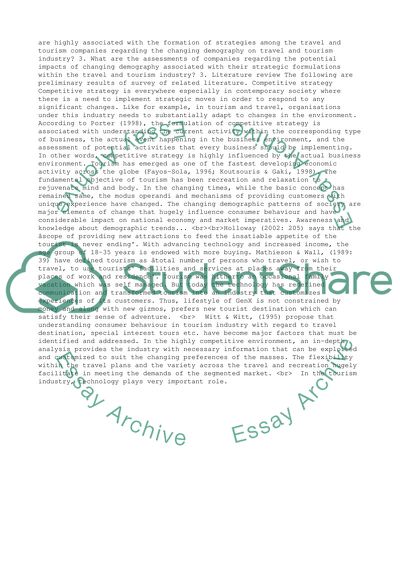Cite this document
(“Tourism industry Dissertation Example | Topics and Well Written Essays - 1250 words”, n.d.)
Retrieved from https://studentshare.org/business/1398728-dissertation-proposal
Retrieved from https://studentshare.org/business/1398728-dissertation-proposal
(Tourism Industry Dissertation Example | Topics and Well Written Essays - 1250 Words)
https://studentshare.org/business/1398728-dissertation-proposal.
https://studentshare.org/business/1398728-dissertation-proposal.
“Tourism Industry Dissertation Example | Topics and Well Written Essays - 1250 Words”, n.d. https://studentshare.org/business/1398728-dissertation-proposal.


